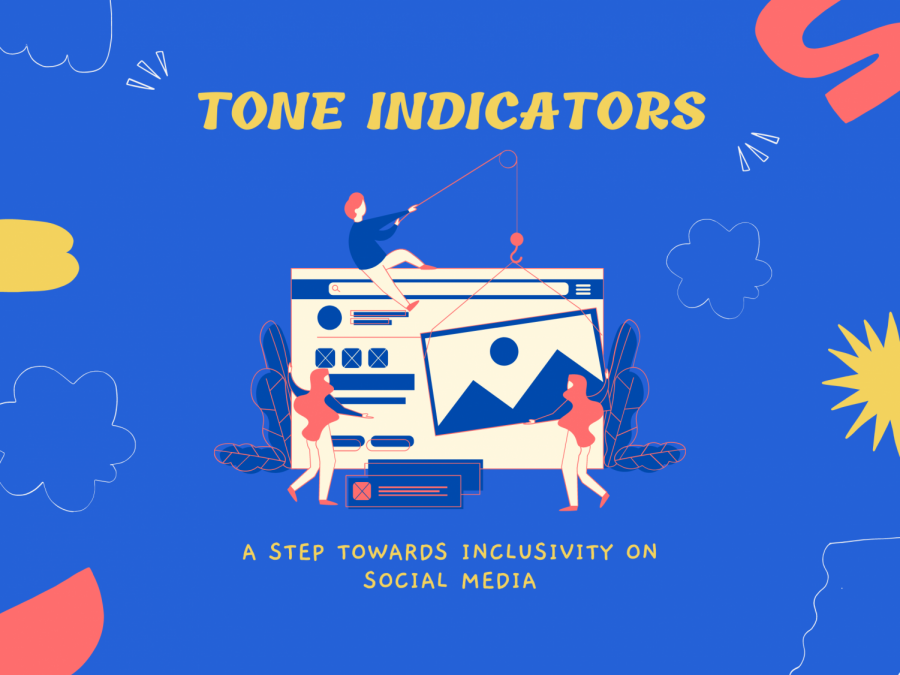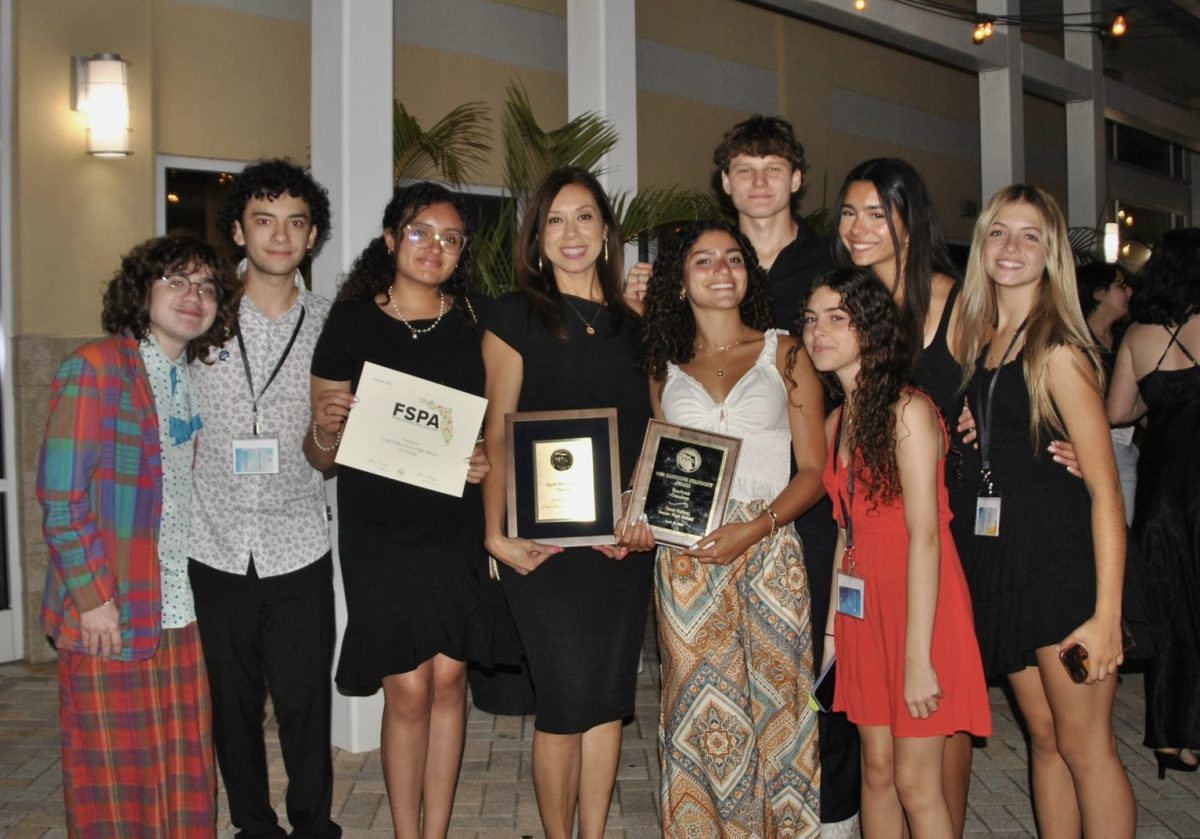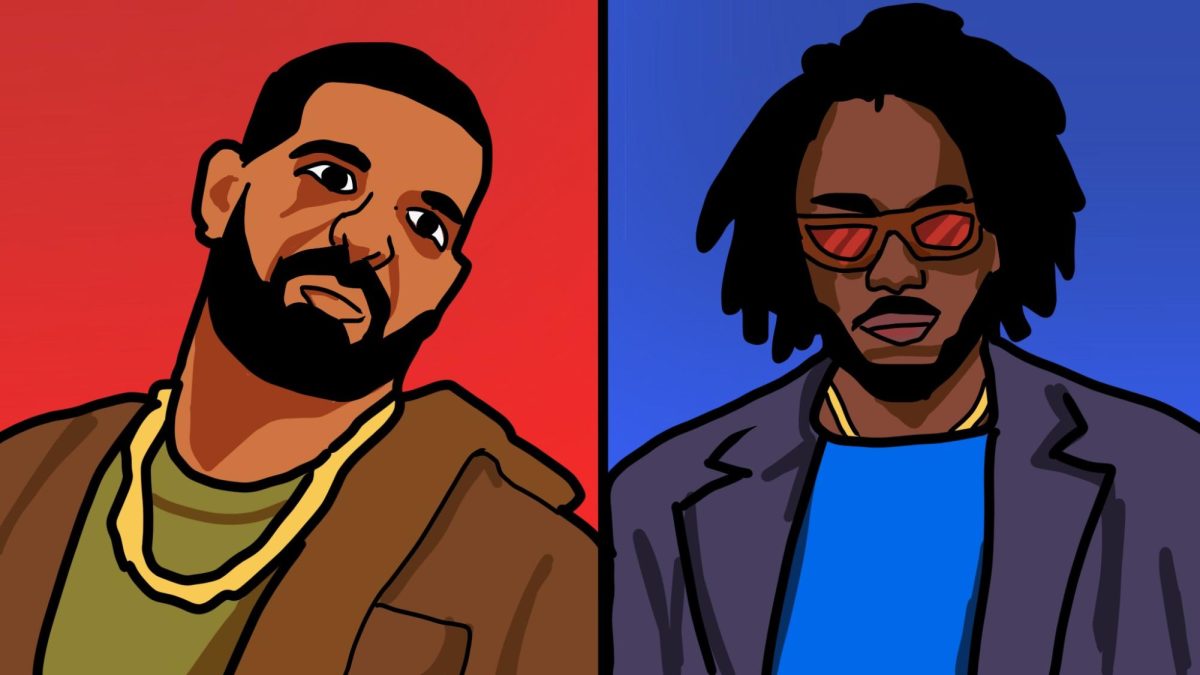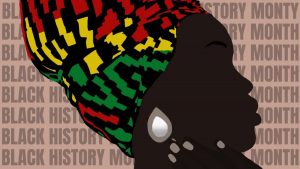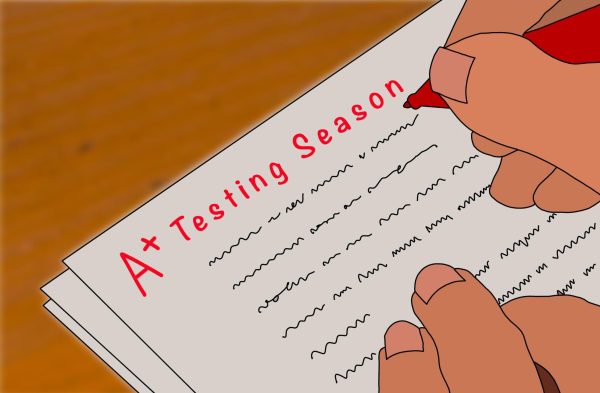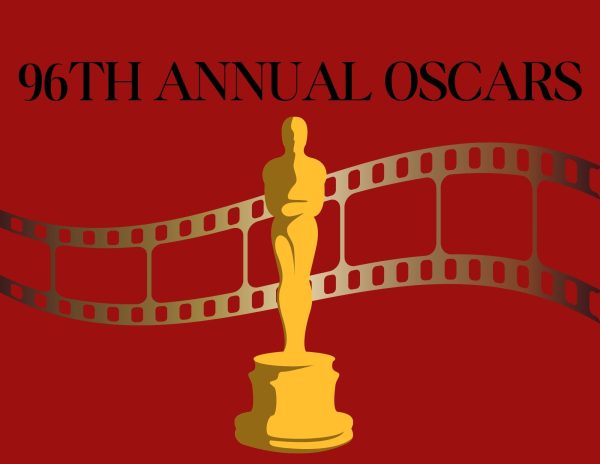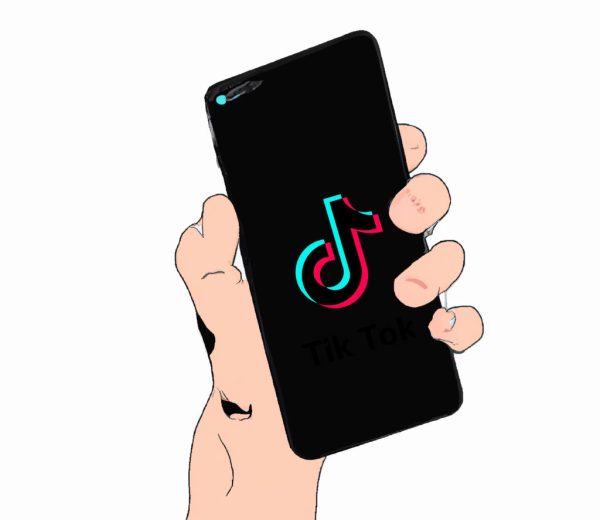A /Srs Guide to the Importance of Tone Indicators
Social media has a language of its own, and recently, tone indicators have made their own mark.
Nov 14, 2021
Whether it was a TikTok comment or a Tweet, you probably have seen “/srs” (serious) or “/j” (joking) following a sentence: these are called tone indicators. Beginning with a slash followed by an abbreviation that represents the tone behind the message, each indicator differs in meaning but serves the same purpose: to help convey true intentions.
The art of communication is complex and can be even more difficult to understand online. Albert Mehrabian, a University of California Los Angeles psychology professor, recently conducted a study and found that at least 70% of communication is nonverbal. Body language, eye contact and facial expressions all contribute to the way people process information and speak. In turn, it is this unexplainable universalized way for people to know one another. Accounting for the tone of your voice through text with a simple tone indicator can go a long way.
“I use tone indicators depending on who I’m talking to or what I say,” sophomore Daniela Pajon said.
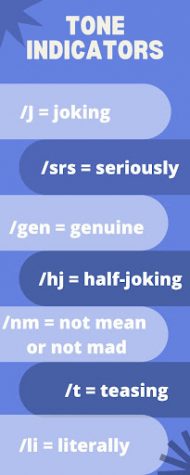
These cues are helpful for everyone and can come especially handy to neurodivergent people, who often find difficulty in processing sarcastic messages as only jokes. To be neurodivergent means your brain functions differently in various ways than someone who is neurotypical. Neurodivergence ranges from autism, dyslexia, ADHD and so much more. Although tone indicators can be confusing, all it takes is a little effort and time to be more inclusive and conscious.
“I actually first started using tone indicators once I learned about them from a friend that asked me to use them. They happily explained what they are for, giving me a sheet with the basic tone tags, and from then on, I haven’t stopped myself; now I’m the one asking others to use them for me,” junior Jessica Beltran said.
Although tone indicators have been around for years, their newfound popularity is all thanks to social media. The earliest use of indicators date back to Henry Denhams in the 1580’s, where he used a reverse question mark — called percontration mark — to denote a rhetorical question in pieces of literature. Throughout time, writers created several punctuations used similarly to how tone indicators are used. In more recent years, people have brought tone indicators to internet outlets like Reddit, which later caused the use of tone indicators to grow exponentially everywhere.
Though they can be very efficient, tone indicators come with their fair share of challenges. For one, overusing tone indicators can feel patronizing and belittling to neurodivergent people. There are times when these cues are necessary and other times when they are simply not. For example, adding “/srs” (serious) to “I dislike rude people,” is unnecessary, as it can be understood without the indicator. On the other side of the aisle, problems can arise when these indicators are taken as jokes. For instance, inserting “/gen” (genuine) in a clearly disingenuous statement for comedic purposes would defeat the whole purpose of adding the indicator: to prevent miscommunication. There are other better ways to be comedic that do not include causing harm. Despite these minor drawbacks, tone indicators generally serve to promote inclusivity for all and should still be encouraged in most written interactions.
Tone indicators have made their mark on social media and are hopefully here to stay. They provide an easy way for everyone to be listened to without miscommunications or confusion, especially when all we can see is a screen. All it takes is one small abbreviation to help convey what you want to say for everyone to understand.


